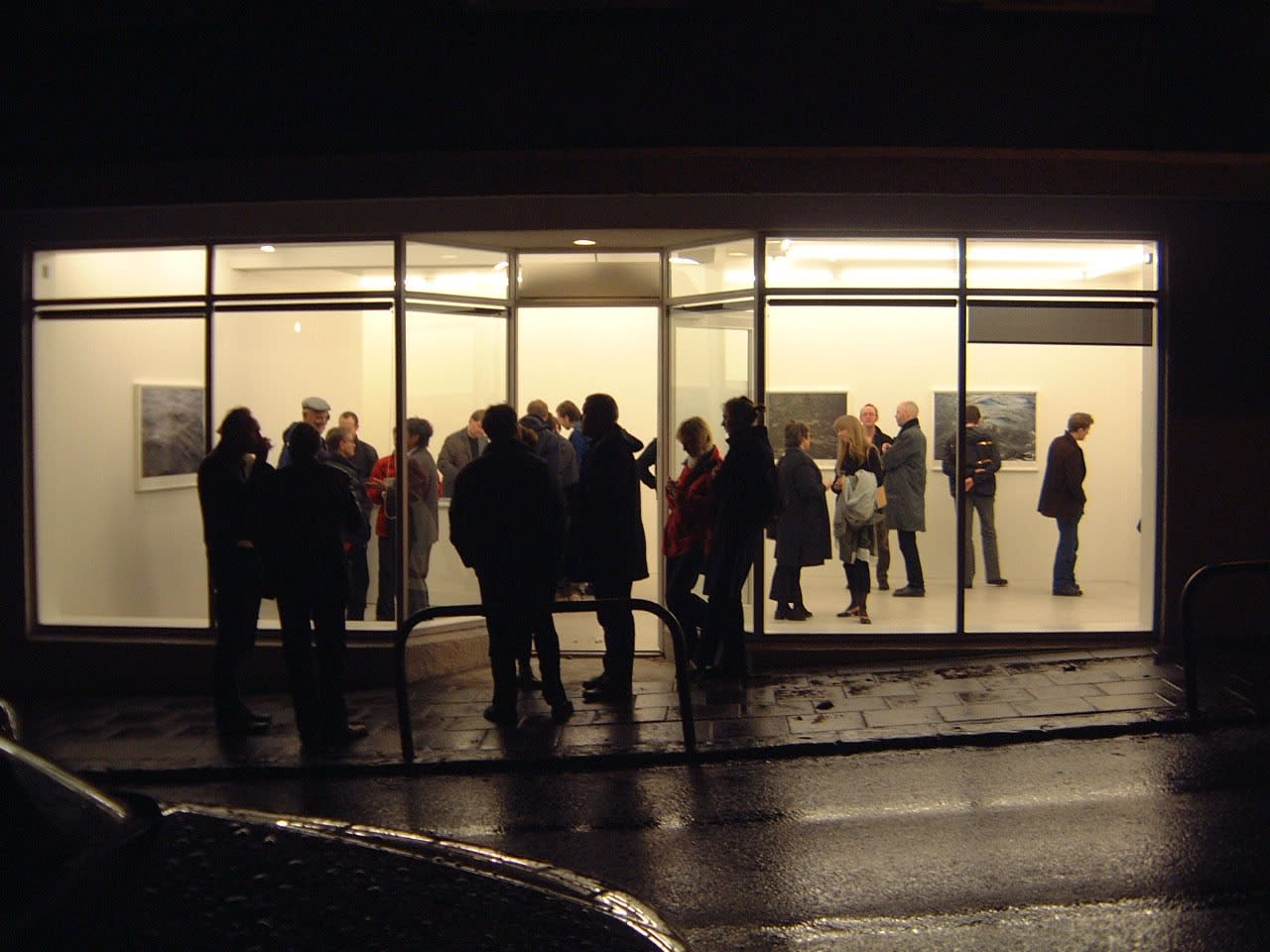RONI HORN : Still Waters (The River Thames, for Example)
Metaphorically transfigured flow in the form of the ocean or a river is an ancient leitmotif in art. It suffices to mention the predicament of Ulysses as an example of what one encounters where the flow of unknown worlds merges at the boundaries of consciousness and reality. The oldest centres of civilisation flourished on river banks, where the constant stream of water, not only served as a channel for voyages and expectations, but as the basis of the cycle of life. Therefore, in the depths of the river that runs through human society, there has always been a world mostly concealed from us. There is all which civilisation and the metropolis has rejected on the surface, all that we choose neither to see nor acknowledge, or cannot even conceive of.
“Thinking about water is thinking about the future”, Roni Horn says in a footnote to one of the images in the installation Still Water (The River Thames for Example). Thus the river she presents to us is imbued with past history leading up to the instant where it flows past in the infinitely minute moment which is now, as well as a taste of the future and the unknown when it has flowed by. The river consumes everything so that it vanishes, as if it had been obliterated. At times it returns something back, either altered or in a new context, even from another time or space. Occasionally a new beginning is also ignited when something quite novel and unfamiliar is washed ashore from the underworld. The river entails therefore not simply a symbol of beginnings and ends, the elapsing of time, history and life itself, but also the fusion of incongruous worlds in the broadest sense.
In this light the river represents societies’ psyche, its mysticism – part of our collective consciousness. In Still Water (The River Thames for Example), text and imagery are consummated in an unusual mental space. The installation is strongly related to her book, Another Water (The River Thames for Example), structured so that both water and text flow, as water itself. Without beginning or end, with reciprocal references which propagate a flow of unbridled narrative, resulting in no two people reading the work in the same way. In both these works there is a conscious centre – a self which speaks, thinks and remembers. At times its experience and thoughts intersect the experiences of the observer, since some of the footnotes are direct allusions to well known works; films, poems or pop songs. In this way the text constantly associates beyond itself. As when the splashing of the water precipitates memories of a popular song, causing the conscious centre of t he work to mingle with the awareness of the observer, releasing a surge of personal memories.
The interaction of the images and footnotes is a constant study of the properties and guises of the water and flow, not least the stream of civilisation and that which is contained in the depths of humanity. The viewer is seduced into a complex exploration of the creative undertide, so to speak, directly as well as indirectly, as no facet of human experience is irrelevant in this work. Themes like fear, suicide, sex appeal, semantics – and creativity itself – are the ebb and flow of the subjective elements of images and text. They vanish into the depths of collective human memories, only to resurface elsewhere like the ripples on the surface of the water.
“This litter of numbers on the photographs breaks up the view, punctuating the image of the water with little digits. These digits, part of a larger corpus, enter by unseen logics into the f low of the river” is quoted from one of the texts, and as such the manifestations of water in the works of Roni Horn become metaphors for civilisation and cultural heritage. Here all waters eventually converge, and as is pointed out in one of the texts water “is part of the identity you share with everyone, even strangers.” But despite a fragmented structure, the narrative flow in Still Water contains a particularly coherent description, where all things – the form, the allusions and the collective memory – combine to create a highly interesting survey of the indefinable and enigmatic human condition.
-Fríða Björk lngvarsdóttir


